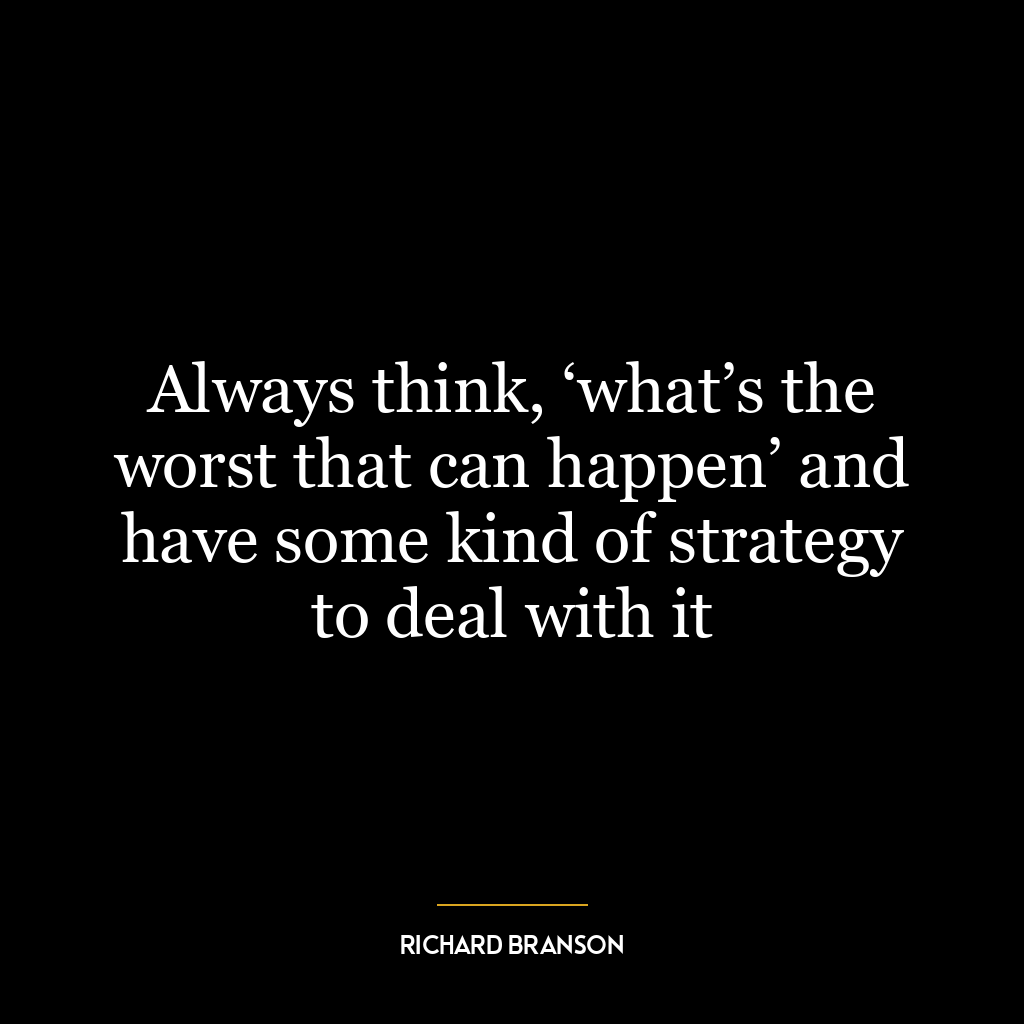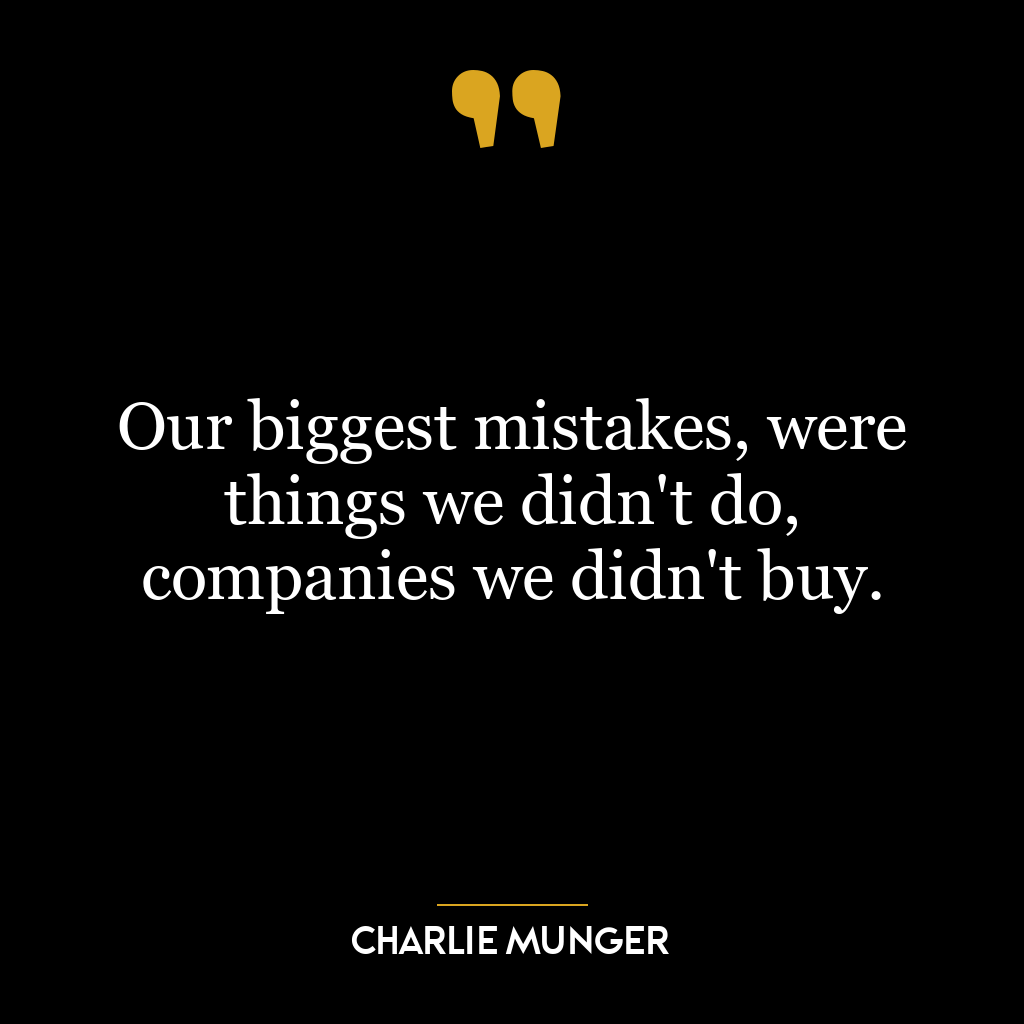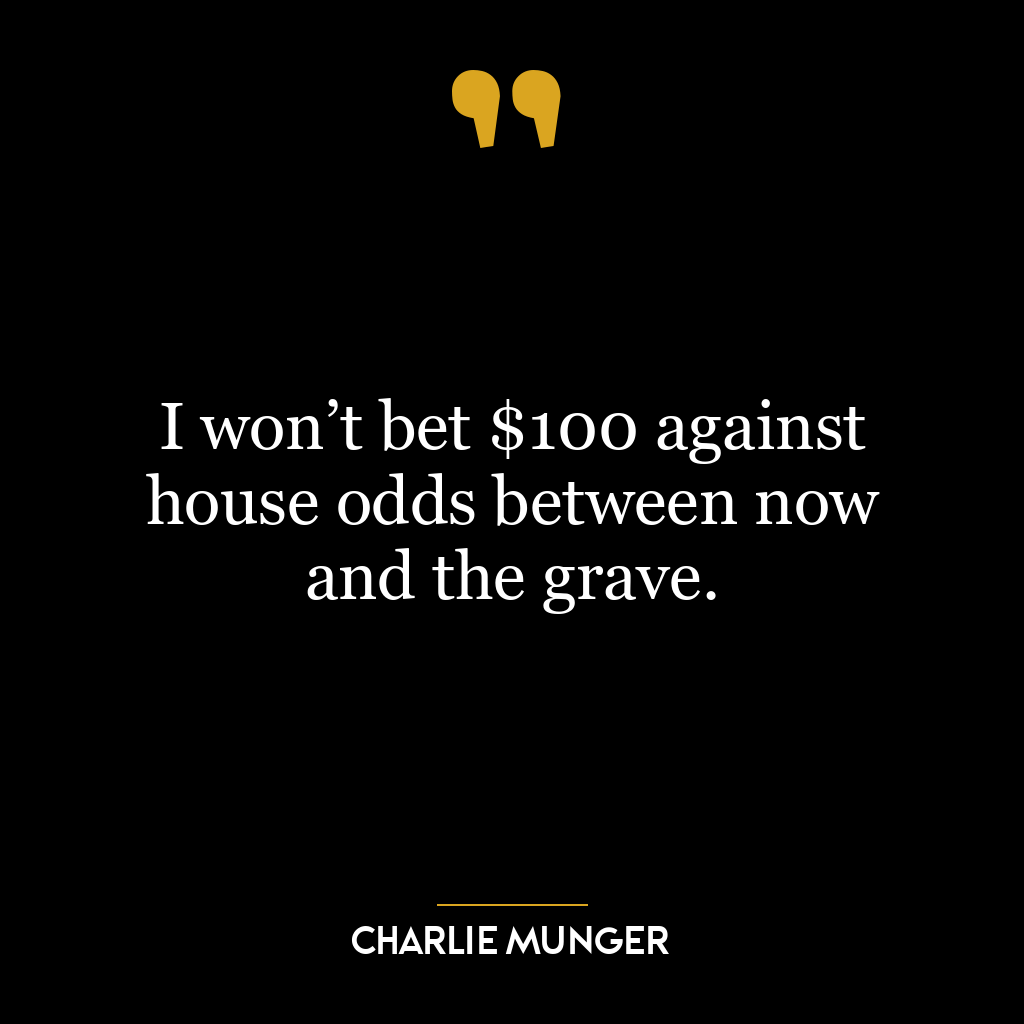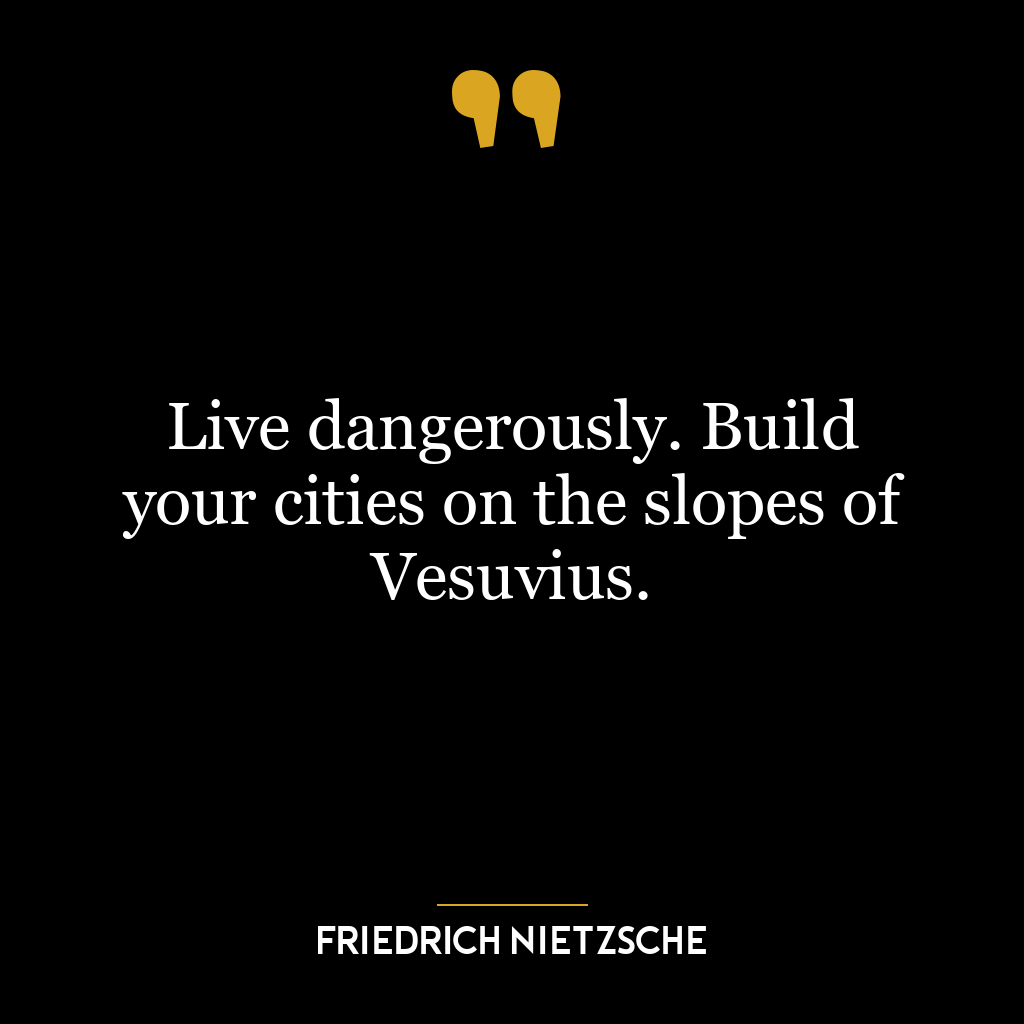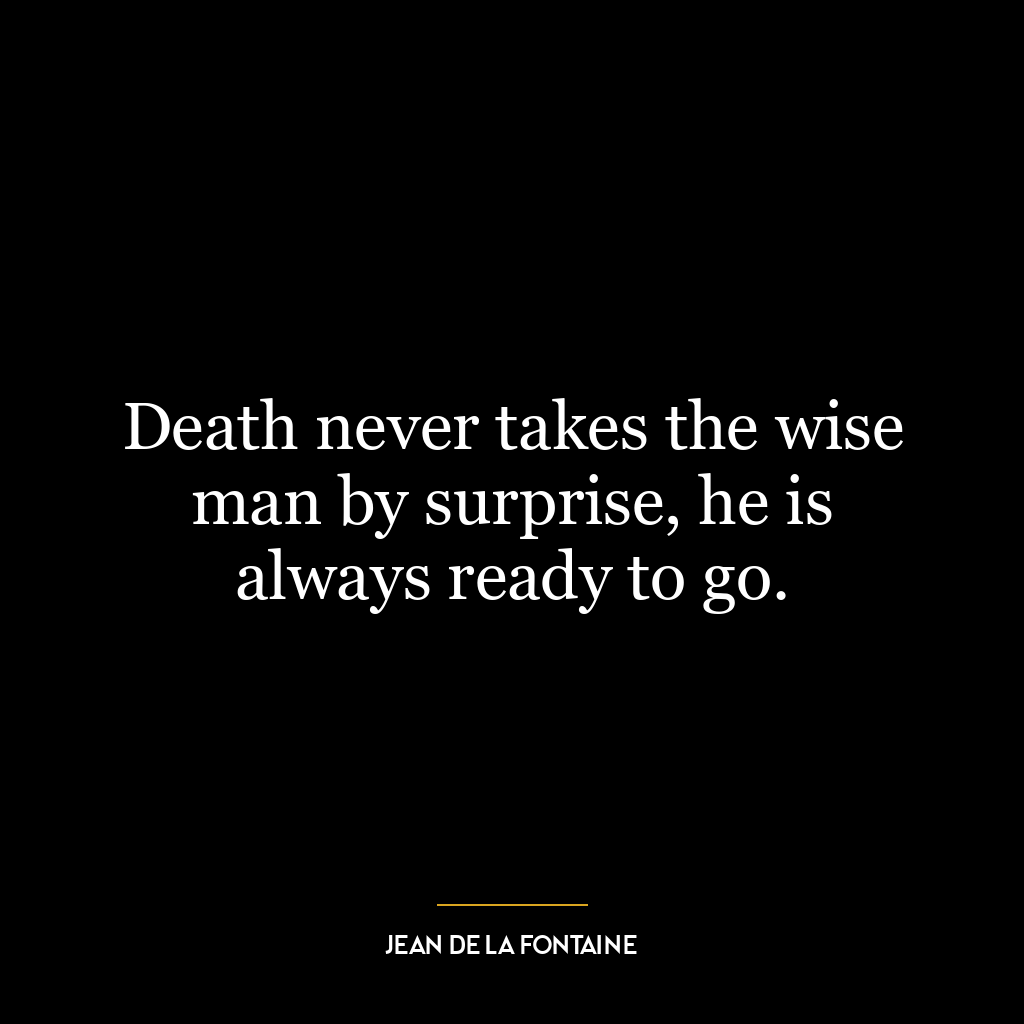This quote is essentially about proactive risk management. It encourages the mindset of anticipating potential problems and having a plan to tackle them. It’s not about pessimism or expecting the worst, but rather about preparedness and resilience.
‘What’s the worst that can happen’ is a question that forces us to confront our fears and uncertainties. It’s a reality check that helps us evaluate the potential risks involved in a situation. This is the first step in risk management – identifying what can go wrong.
The second part of the quote, ‘have some kind of strategy to deal with it’, emphasizes the importance of having a contingency plan. It’s not enough to simply recognize the risks; we must also have a plan to mitigate them. This involves thinking through the possible scenarios, planning our actions, and being ready to adapt as circumstances change.
Applying this idea in today’s world, it’s clear that we live in an era of rapid change and uncertainty. Whether it’s a global pandemic, climate change, or technological disruption, there are numerous risks that we need to navigate. By thinking ahead and planning for the worst-case scenarios, we can better prepare ourselves to face these challenges.
In personal development, this idea can be applied to goal setting and decision making. For example, if we’re aiming for a promotion, we could ask ourselves: ‘What’s the worst that can happen?’ The answer might be not getting the promotion and remaining in the current role. Having acknowledged this possibility, we can then develop a strategy to deal with it, such as seeking feedback, improving our skills, or exploring other career opportunities.
In conclusion, this quote is a powerful reminder of the importance of proactive thinking and planning. It encourages us to face our fears, anticipate challenges, and be ready to adapt. Whether in our personal lives or in the wider world, this mindset can help us navigate uncertainty and build resilience.

